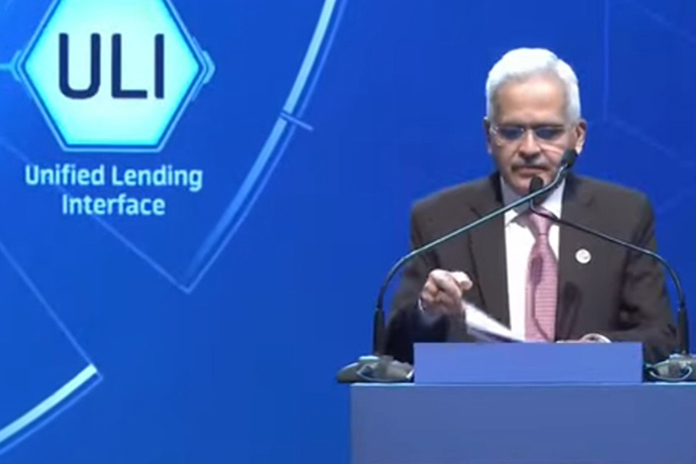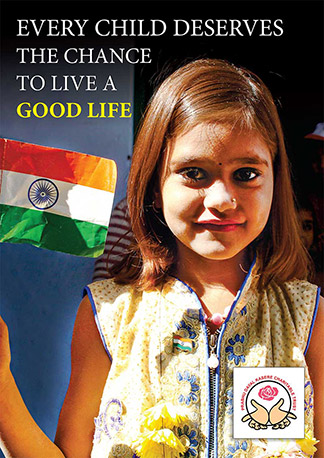Unified Lending Interface (ULI) is the next big Indian FinTech marvel about to take the country by storm.
The Reserve Bank of India (RBI) Governor Shaktikanta Das declared on Monday that a nationwide launch of ULI will happen soon. Similar to another Indian FinTech marvel the Unified Payment Interface (UPI), which has revolutionised the retail payment system in the country and across the world, ULI is now set to transform the lending landscape forever.
In August last year, the RBI launched a pilot project for a public tech platform for frictionless credit. This led to the creation of ULI, a tech platform for frictionless credit which aims to bring about efficiency in the lending process in terms of reduction of costs, quicker disbursement, and scalability.
In his remarks on Monday at the Global Conference on Digital Public Infrastructure and Emerging Technologies in Bengaluru, the RBI Governor said, “just like UPI transformed the payments ecosystem, we expect that ULI will play a similar role in transforming the lending space in the country.”
What is Unified Lending Interface?
With rapid progress in digitalisation, India has embraced the concept of digital public infrastructure which encourages banks, NBFCs, fintech companies and start-ups to create and provide innovative solutions in payments, credit, and other financial activities.
For digital credit delivery, the data required for credit appraisal are available with different entities like Central and State governments, account aggregators, banks, credit information companies and digital identity authorities. However, these data sets are in separate systems, creating hindrance in frictionless and timely delivery of rule-based lending.
The RBI Governor said that ULI platform will facilitate a seamless and consent-based flow of digital information, including land records of various states, from multiple data service providers to lenders. It will cut down the time taken for credit appraisal, especially for smaller and rural borrowers.
He said that the ULI architecture has common and standardised APIs (Application Programming Interface), designed for a ‘plug and play’ approach to ensure digital access to information from diverse sources.
The platform will reduce the complexity of multiple technical integrations, and will enable borrowers to get the benefit of seamless delivery of credit, and quicker turnaround time without requiring extensive documentation.
“In sum, by digitising access to customer’s financial and non-financial data that otherwise resided in disparate silos, ULI is expected to cater to large unmet demand for credit across various sectors, particularly for agricultural and MSME borrowers,” Das emphasised.
“The ‘new trinity’ of JAM-UPI-ULI will be a revolutionary step forward in India’s digital infrastructure journey,” he stated.
The JAM (Jan Dhan, Aadhar and Mobile) trinity is a tool used by the government to transfer cash benefits directly to the bank account of the beneficiary.
What is Unified Payment Interface?
Unified Payments Interface or UPI is a real-time payment system launched in India in April 2016 by the National Payments Corporation of India (NPCI). It is a system that powers multiple bank accounts into a single mobile application (of any participating bank), merging several banking features, seamless fund routing & merchant payments into one hood.
UPI also caters to the “Peer to Peer” collect request which can be scheduled and paid as per requirement and convenience. It helps in immediate money transfer through mobile device round the clock. It allows a single mobile application for accessing different bank accounts.
UPI has played a significant role in the growth of retail digital payments in the country. While initial participants on the UPI platform were banks, non-bank third-party app providers and use of QR (quick-response) codes have all combined in popularising UPI.
It has emerged as a robust, cost effective and portable retail payment system and is attracting active interest across the globe.










